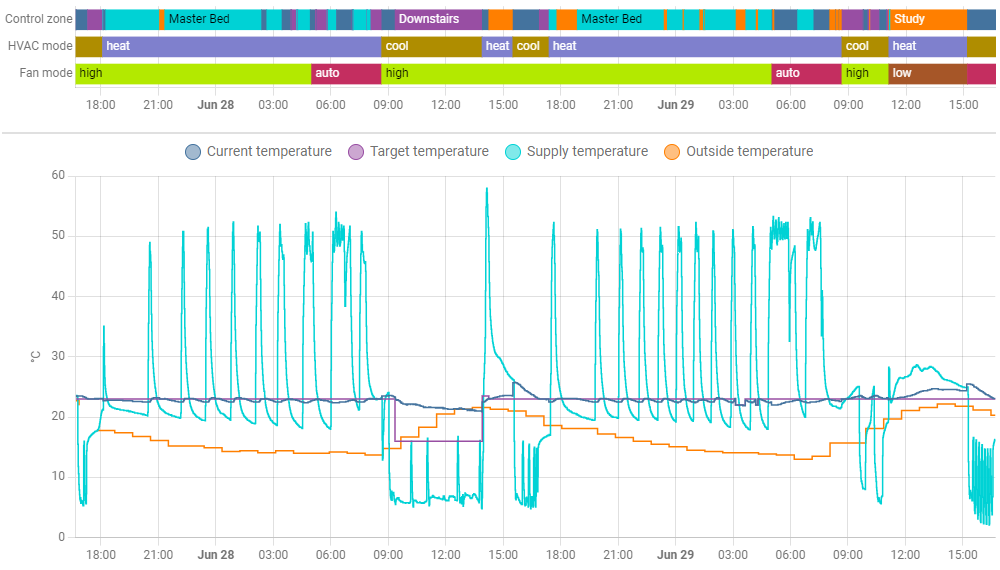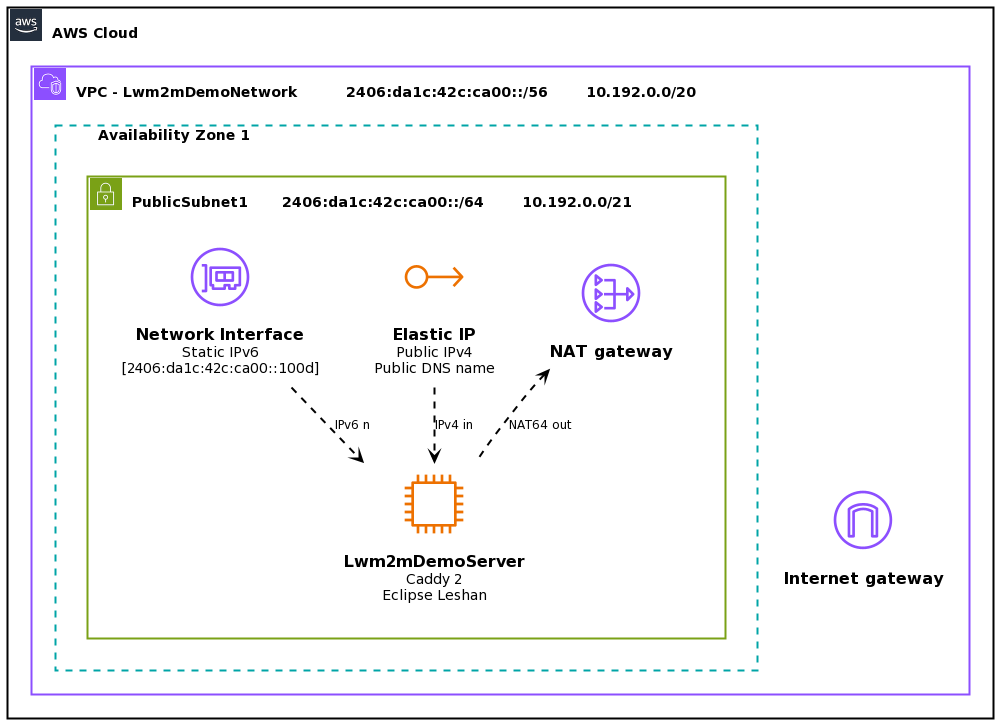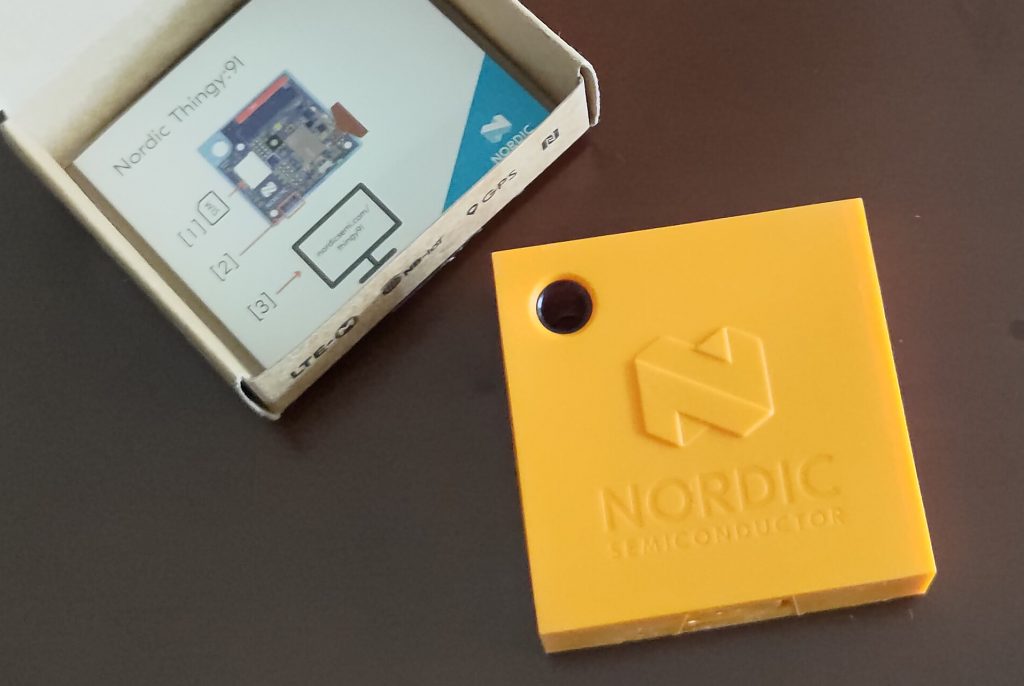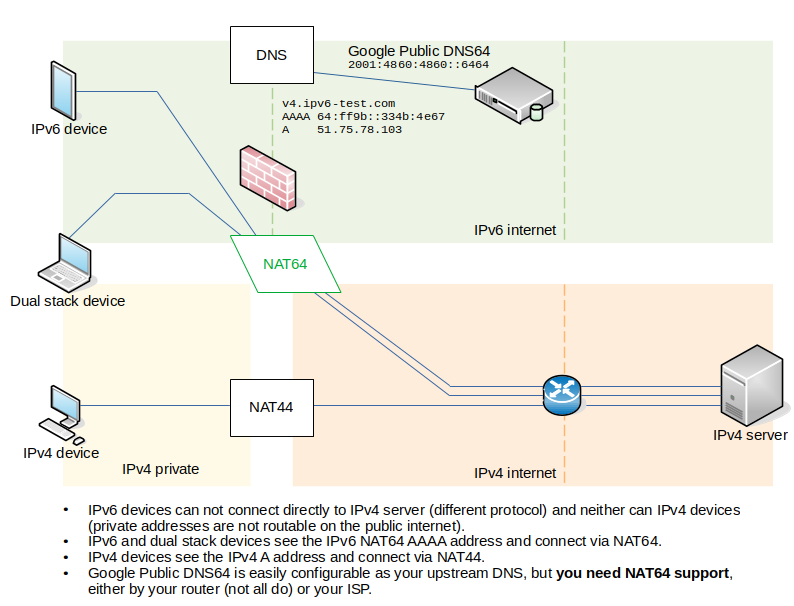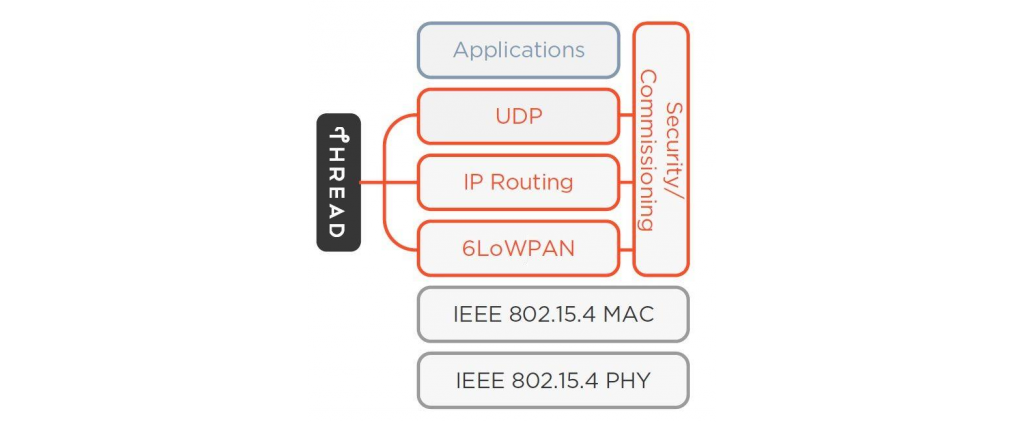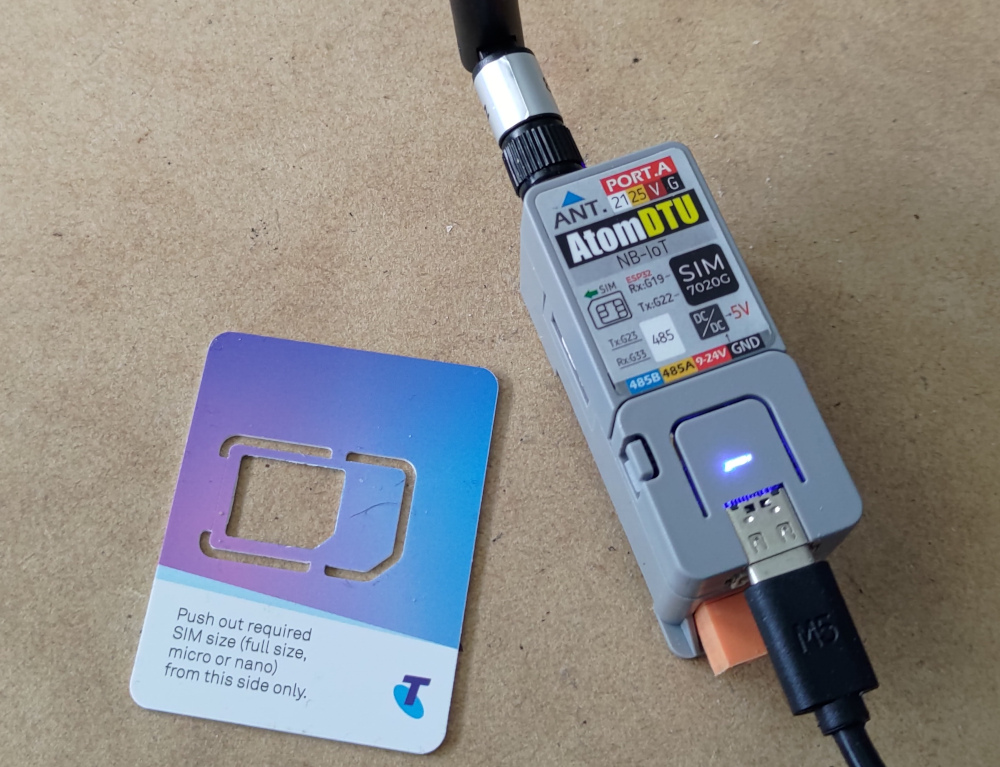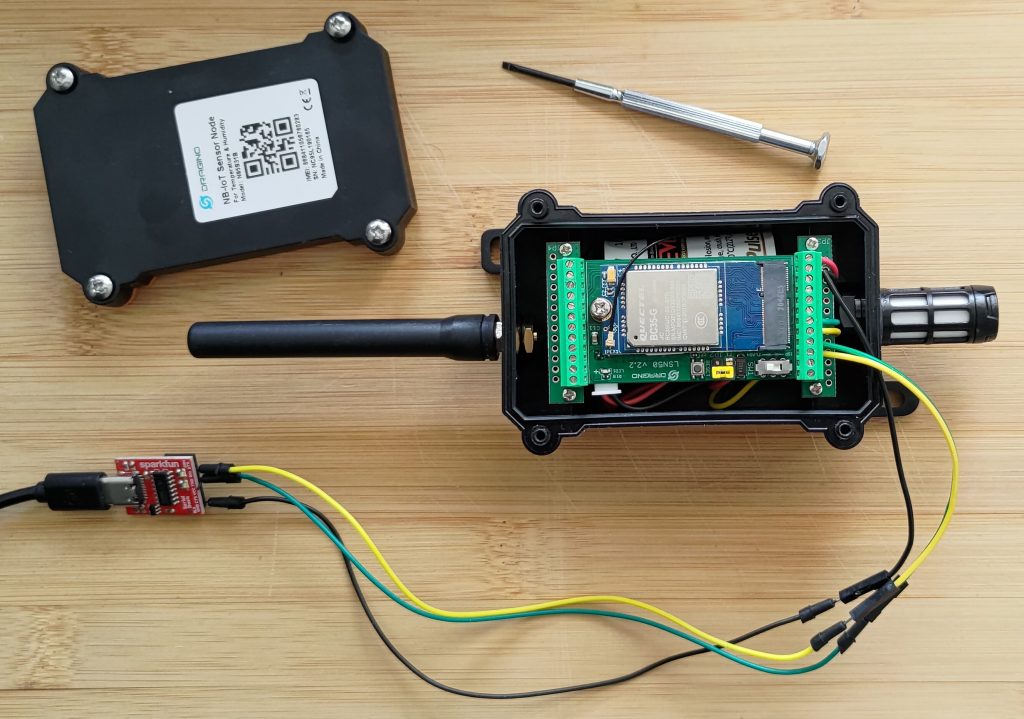The iZone Climate Control system is an effective way to manage ducted air conditioning in your home allowing multiple zones with separate target temperatures and controlling the central unit and airflow to each area.
Through the bridge component you can integrate it locally with Home Assistant, as well as other smart home platforms (Google etc, Apple Home, etc). The iZone platform supports other components (lights, irrigation, etc), however I am focussing on the climate control.
You need some additional manual configuration to bring in all the system details, including the current control zone, target temperature, supply temperature, and operating modes.
Once configured you can set up a dashboard to track the climate in your house throughout the day:
Continue reading Setting up iZone climate control with Home Assistant(11 min read)

